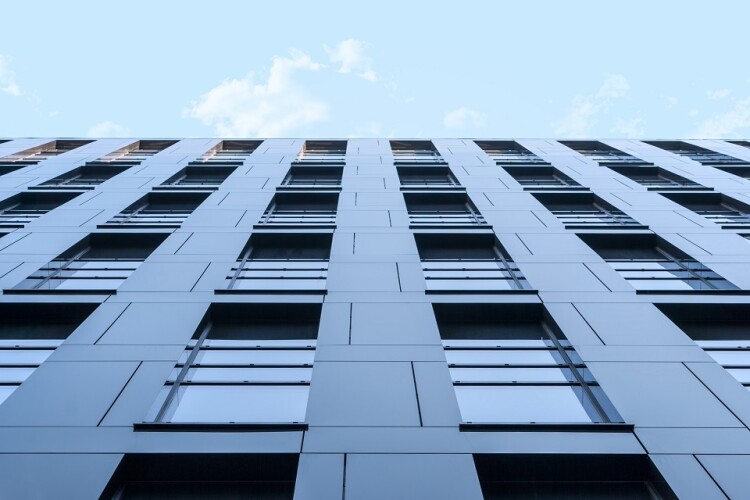The long-trailed building safety levy is a tax on developers to pay for the repair of dangerous cladding on high-rise residential buildings.
Proposals for how developers will pay to fix unsafe buildings have now been set out in a government consultation paper as it moves a step closer to imposing the levy.
The government expects to collect £3bn from the levy over the next 10 years.
Under the proposals drawn by the Department for Levelling Up, Housing & Communities, (DLUHC) all developers of any residential buildings, regardless of their height, will have to pay the levy as part of the building control process.
This will mean that unless the levy is paid, a developer will not be able to move on to the next stage of the building process.
Minister for local government and building safety Lee Rowley said: “We have been clear that developers must pay to fix building safety issues and the building safety levy is an important part of making that a reality. Today’s consultation will give industry and local authorities an opportunity to work with us going forward.
“By having these plans in place, we can ensure that all leaseholders are protected, regardless of whether their developer has pledged to remediate or not.”

The government’s proposals include regional variations for levy rates, according to land and house prices. It also suggests that local authorities are best placed to collect the levy. There is no suggestions that they will get to keep the money, however.
Affordable housing will be exempt, along with NHS facilities, children’s homes and refuges, including those for victims of domestic abuse.
The Building Safety Levy will run alongside the developer pledges that were announced earlier this year. Under the pledges, 49 of the UK’s biggest homebuilders have committed to fix life-critical fire-safety defects in buildings over 11 metres where they had a role in developing those buildings in the last 30 years. This amounts to a commitment of at least £2bn, DLUHC said.
The Building Safety Levy was first announced in February 2021 and plans to extend it to cover all residential buildings were confirmed in April 2022.
The consultation seeks views on the delivery of the Levy, including how it will work, what the rates will be, who must pay, what sanctions and enforcement will apply, and who is responsible for collecting the levy.
The consultation will be open until 31st January 2023 and seeks the views of all interested parties, especially developers, building control professionals and local authorities.
Got a story? Email news@theconstructionindex.co.uk



